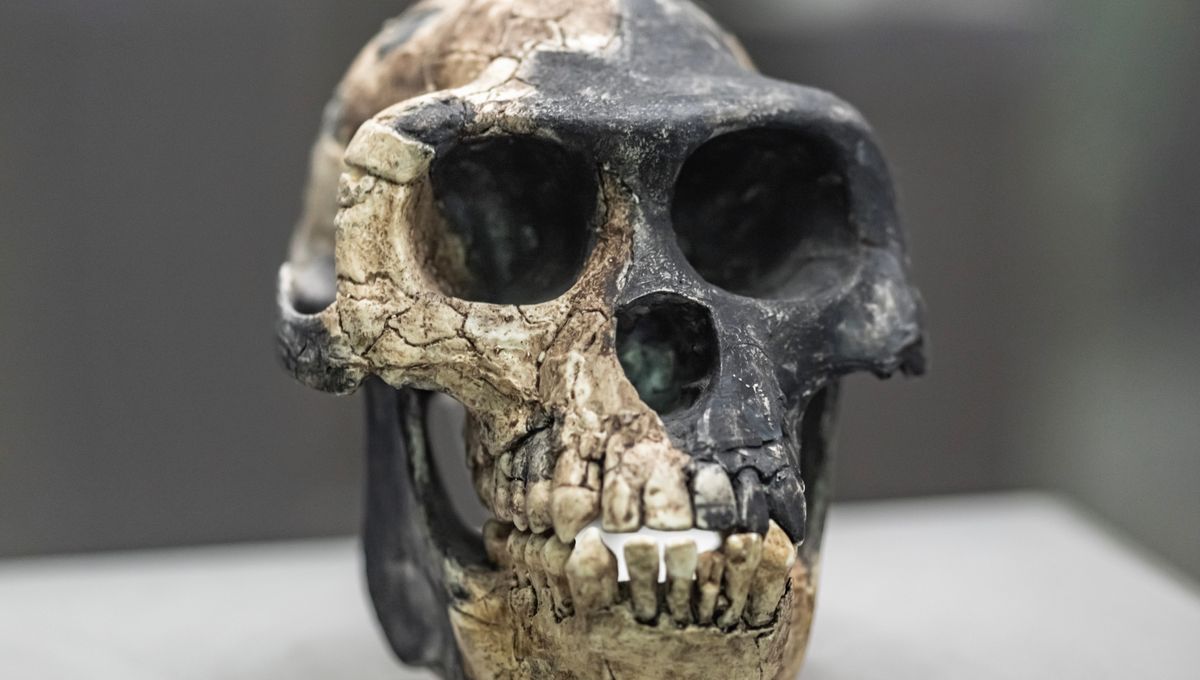
Archaeologists in Kenya have unearthed a jawbone belonging to an ancient hominin species that walked the Earth at the same time as some of the earliest human ancestors. Known as Australopithecus anamensis, this ape-like creature was previously thought to have appeared after the original human forebears, yet this fossil suggests that it may actually have been a sister lineage to one of our oldest predecessors.
Ancient hominins are typically divided into three groups, with the oldest of these being known as the basal hominins. These are thought to have been followed by a group of species known as the australopiths – which include Au. anamensis and Au. afarensis, made famous by the iconic specimen named Lucy – that later gave way to the early Homo lineages.
Among the three basal hominins, the first to appear in the fossil record is Sahelanthropus tchadensis, which lived 6-7 million years ago in modern-day Chad. Next came Orrorin tugenensis in Kenya, before Ardipithecus ramidus appeared on the scene in Ethiopia between 4.5 and 4.3 million years ago.
Arriving just too late to be considered a basal hominin is Au. anamensis – or so we thought. Previous fossils assigned to this species in Kenya and Ethiopia have been dated to 4.2 million years ago, leading scholars to believe that it appeared slightly later than Ar. ramidus and may have been a descendant of this exceptionally early hominin.
However, a new analysis of an Au. anamensis jawbone that was first discovered in East Turkana, Kenya, in 2011 has indicated that this particular individual lived 4.3 million years ago, and was therefore alive at the same time as the last members of Ar. ramidus.
“Though the new specimen is only [100,000 years] older than the existing Au. anamensis samples from [Kenya and Ethiopia], the extension of this species’ [earliest appearance] […] shows that the earliest australopiths temporally overlapped with late-surviving basal hominins in the Early Pliocene,” write the study authors.
Admitting that their conclusions are “not definitive”, the researchers nonetheless deduce from their findings that Ar. ramidus might not have been an ancestor to Au. anamensis after all, arguing instead that the latter may have been a “closely related hominin sister-taxon” to the basal hominins.
Ultimately, it’s still unclear exactly how either of these ancient hominins relate to modern humans, although it’s believed that we are directly descended from at least one species of australopith. If nothing else, this new research goes to show just how patchy our understanding of human evolution really is, suggesting that the neatly ordered narrative we’ve come to accept might in fact be considerably messier than we thought.
The study is published in the Journal of Human Evolution.
Source Link: This 4.3-Million-Year-Old Hominin Co-Existed With Humanity’s Earliest Ancestors